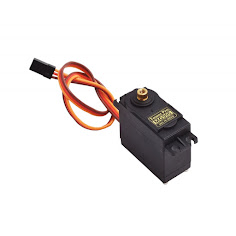What is Electronics - Branches of Electronics - Introduction to Electronics- Electronics Engineering
Electronics
Electronics is a science that
deals with electrical devices and circuits that operate by
controlling the flow of electrons or other electrically charged
particles.
Branches
of Electronics
Analog Electronics: Analog electronics deals with analog signals. Analog signals are continuously variable signals. This is in contrast to the digital signals that generally take only two levels.
Digital Electronics: The digital electronics deals with digital signals. Digital signals are the signals that take usually two levels or finite number of levels.
Power Electronics: Power electronics acts as an inter face between the electrical source and electrical load.It applies solid state electronics to the transformation and management of electrical power.
Micro Electronics: Microelectronics is the branch of electronics that is related to the electronic designs at very small scale.
Opto-electronics: Opto-electronics is the branch of electronics that combines objects, that is light with electronics. It includes the use of light sources.
Embedded systems Electronics: Embedded systems are designed to perform a fixed function with no or minimum human interference they are controlled by a real-time operating system that is combination of computer hardware and software.
Semiconductor Electronics: Semiconductor electronics deals with semiconductor materials like silicon, germanium, gallium. The conductivity of semiconductors lies between that of conductors and insulators.



Comments
Post a Comment